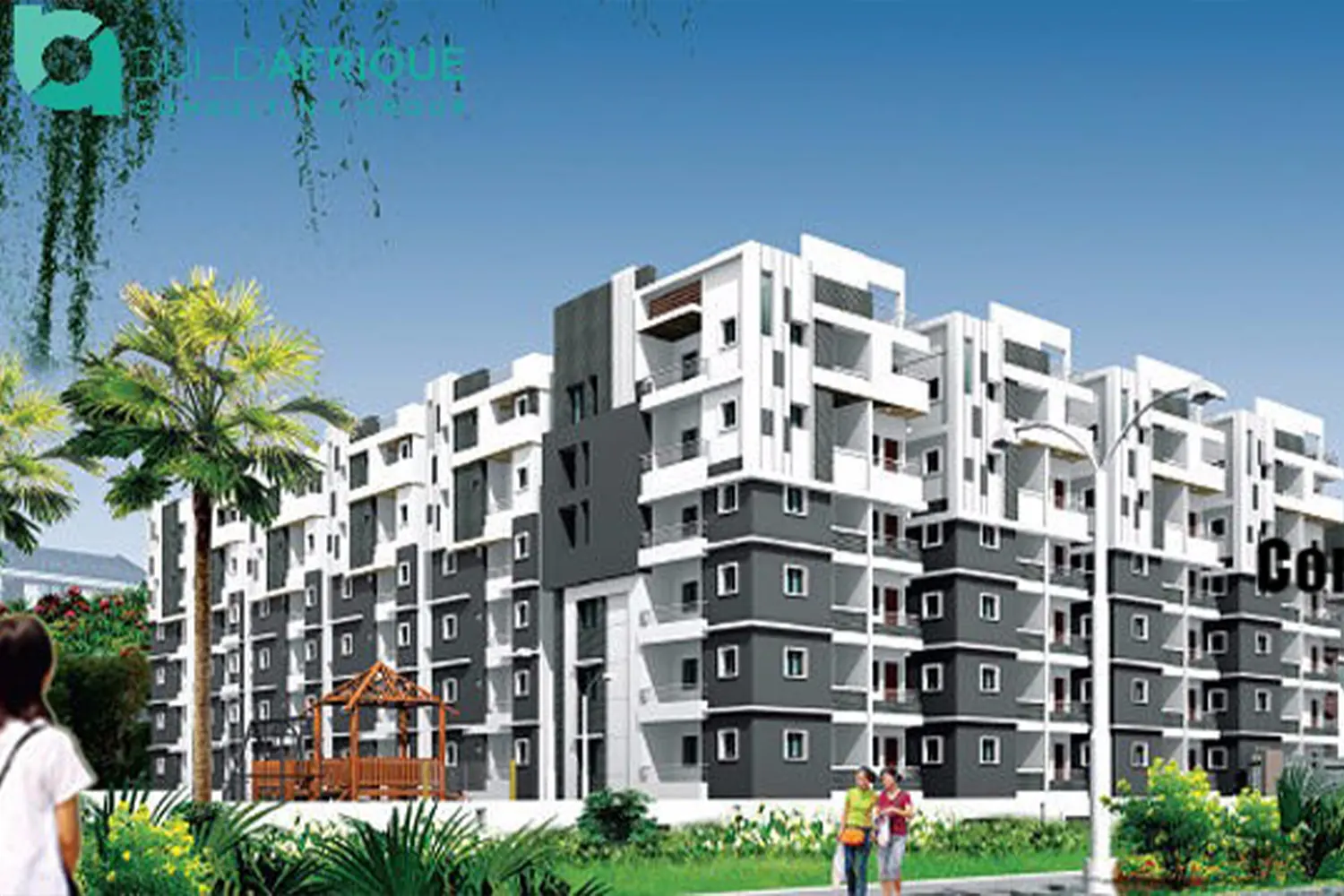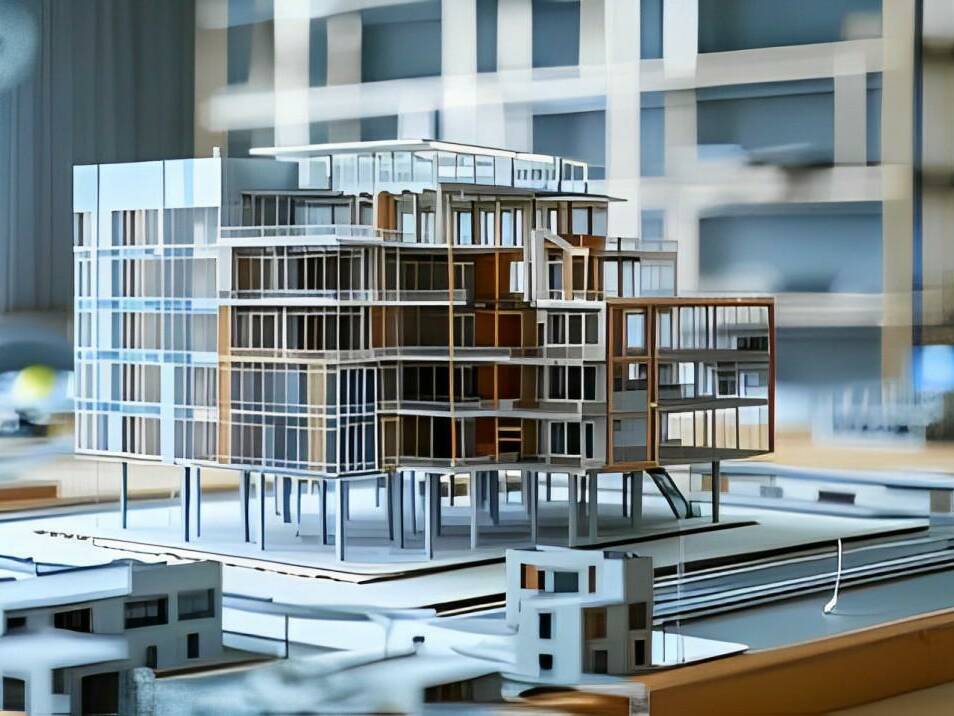Insights
Communal Living & Extended Families Housing- An Overlooked Real Estate Market

Current statistics show that there has been a steady increase in the number of people seeking communal and multi-generational housing. While the concept of extended family living is not an uncommon practice among the Kenyan population, the increase is attributed to affordability restrains and the tightening economy hence affecting the younger generations in their quest for self-sufficiency. Young professionals moving to urban areas have to face a difficult choice between spending a significant share of their income renting a place of their own or move in together in a shared house to save money.
According to the 2009 Kenya Population and Housing Census, 1% of the Kenyan population represents immigrant Asian and Somali communities whose households consist of extended family members of up to three generations. Out of the 1%, only a negligible percentage has embraced other modes of living and way of life.
Other factors attributing to communal living and extended family housing include:
- Need to take care of older generation as there is lack of proper retirement accommodation.
- Stagnated Incomes and Increasing Rental values.
- High childcare costs which are offset by extended family members.
- Immigrant families who wish to continue the norm.
- High costs for young adults to move out of their parents’ homes.
As much of residential real estate developments target single-family households, people have opted to make space through remodeling their homes and building additional structures detached from the house to accommodate the extended family.
Communal and extended family housing can be designed with a shared concept in mind: universal kitchen, separate living areas, and multiple bedrooms. While this plan allows such households to live together, it also provides privacy and space.

Buyers prefer properties with flexible floor plans as they enable cost-effective relocation of the area. While the extended family living arrangement may be temporary, families will look for substitutes that can easily accommodate visiting or relatives.
Such homes can provide a nursing residence for a person that may need long-term in-house care.
Other benefits to residents in communal settings include
- Reduced cost of living
- Shared expenses and easy access to resources
- Sense of belonging
Likewise, there are numerous benefits to families in Extended Family Housing, which include:
- Shared Expenses including mortgage
- Affordable home care
- Shared childcare
- Resale appeal as multi-generational home demand increases
Cultural preferences and socioeconomic factors have increased the demand for communal and extended family housing in Kenya. Similar real estate niche markets are growing in developed markets such as Britain, USA, and Germany. According to Pew Research Centre, 18.1% of the population in the USA lived in multi-generational homes in 2012, two times the sum of people who lived in such arrangements in 1980.
While the trend may be fought by those who wish not to upset the societal and family dynamics, healthcare and affordability needs are likely to impact all populations hence driving the uptake of this trend by many. As these types of housing involve high levels of shared responsibility, it is essential to discuss coexistence beforehand.
Related
Insights
Investment Project Finance and Real Estate Financing Options Company In Kenya.
Buildafrique is a Real Estate Finance and Project Financing Options Company in Kenya and…
Real Estate Development Consultancy Services Company In Kenya.
Buildafrique is a Real Estate Development Consultancy Services Company in Nairobi Kenya…
2024 Investment Trends And Products for Kenya’s Real Estate Development Market
Buildafrique Group shall be hosting a webinar on 2024 Investment Trends and Products for…






